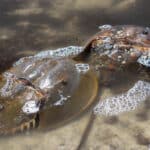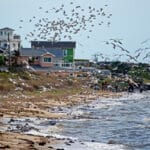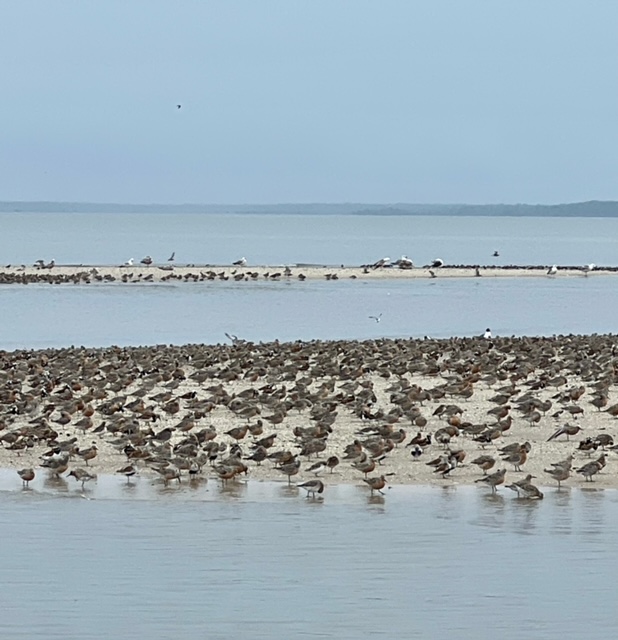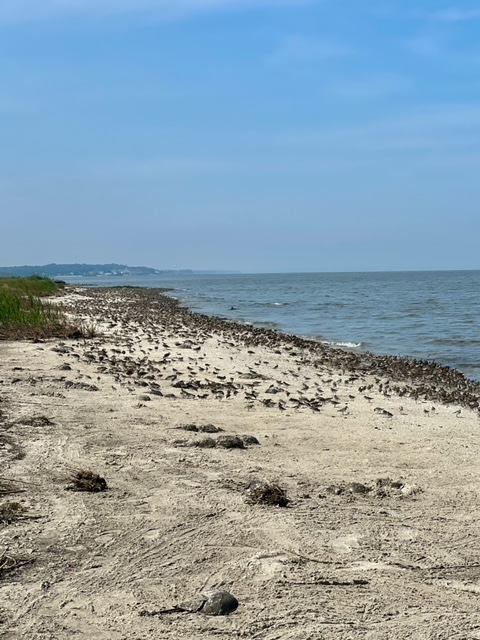Delaware Bay Shorebird Stewards: Shorebird Superheroes

Shorebird stewards may not wear capes but they are superhero’s to the multitude of shorebirds stopping along the Delaware Bay in the spring. During May, the beaches in New Jersey are an important stopover for these migratory birds who are mainly feeding on the horseshoe crab eggs, deposited during the annual horseshoe crab spawn. The shorebirds, which include the red knot a NJ endangered species, have a short window to reach their ideal weight before leaving on the next half of their journey north to breed. Eight beaches in Cape May County and two in Cumberland County have restricted access during the migration so that the shorebirds can feed undisturbed.
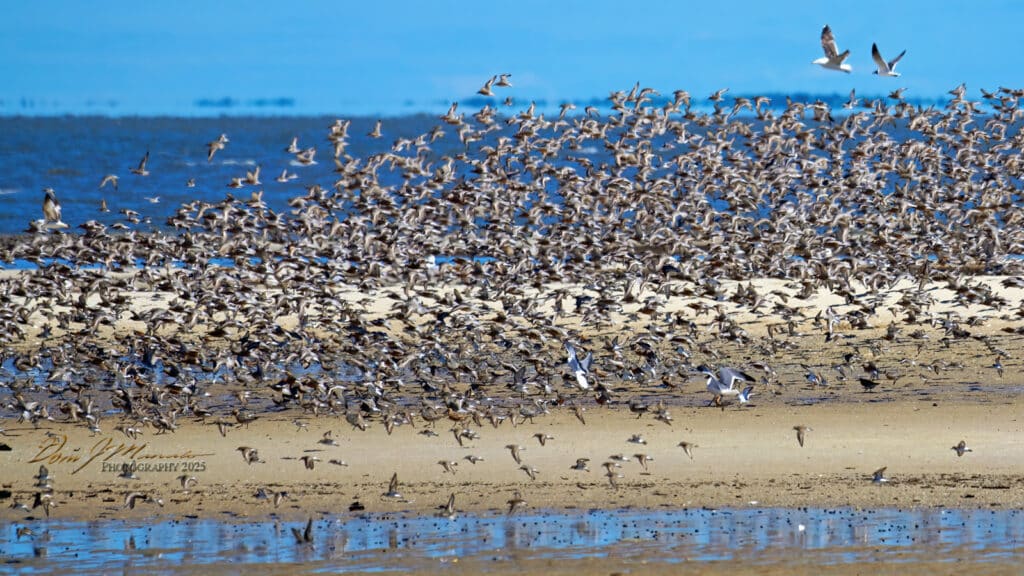
Since 2003 Conserve Wildlife Foundation has coordinated the Shorebird Stewards, who help protect the feeding shorebirds by educating the public. This season thirty-one stewards were stationed at beaches between May 10th to May 26th. While most stewards are from New Jersey, we have stewards from Pennsylvania, Delaware and Maryland. Some of the stewards volunteer for a day, while others work the entire season and many return year after year. No matter how often someone has been a steward, they have a made a difference and we have definitely seen a positive change in peoples attitudes over the years. Visitors come from all over to view the shorebirds and horseshoe crabs and one of the main questions the stewards get asked is, “where are the shorebirds today”?

Some days the beach where the steward is assigned has only few shorebirds, while other days the beach is covered with the feeding birds. While the majority of beach goers have a positive attitude about the beach restrictions, there will always be those that want to go on the beach. While these situation aren’t always pleasant, the stewards are trained to handle them calmly and with education.

Thank you to 2025 shorebird superheroes!



